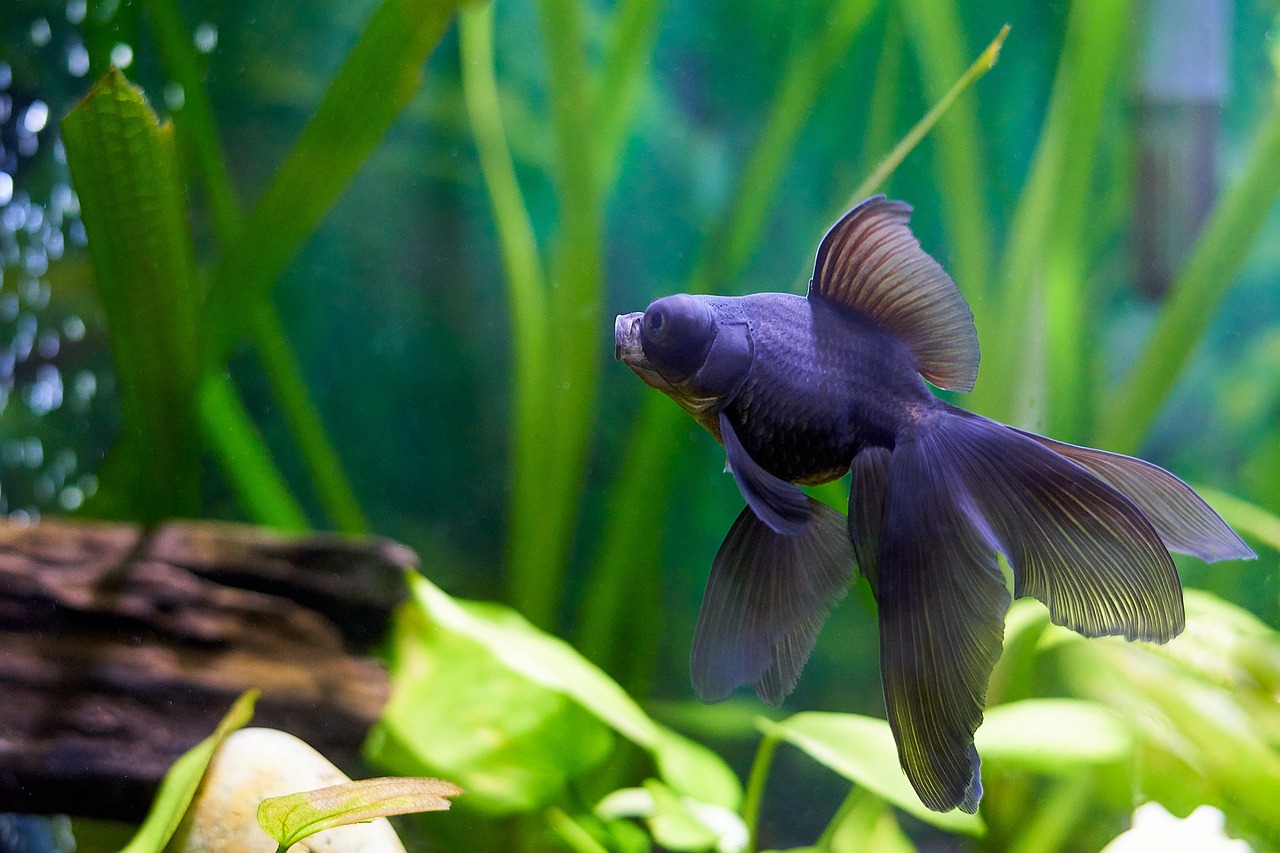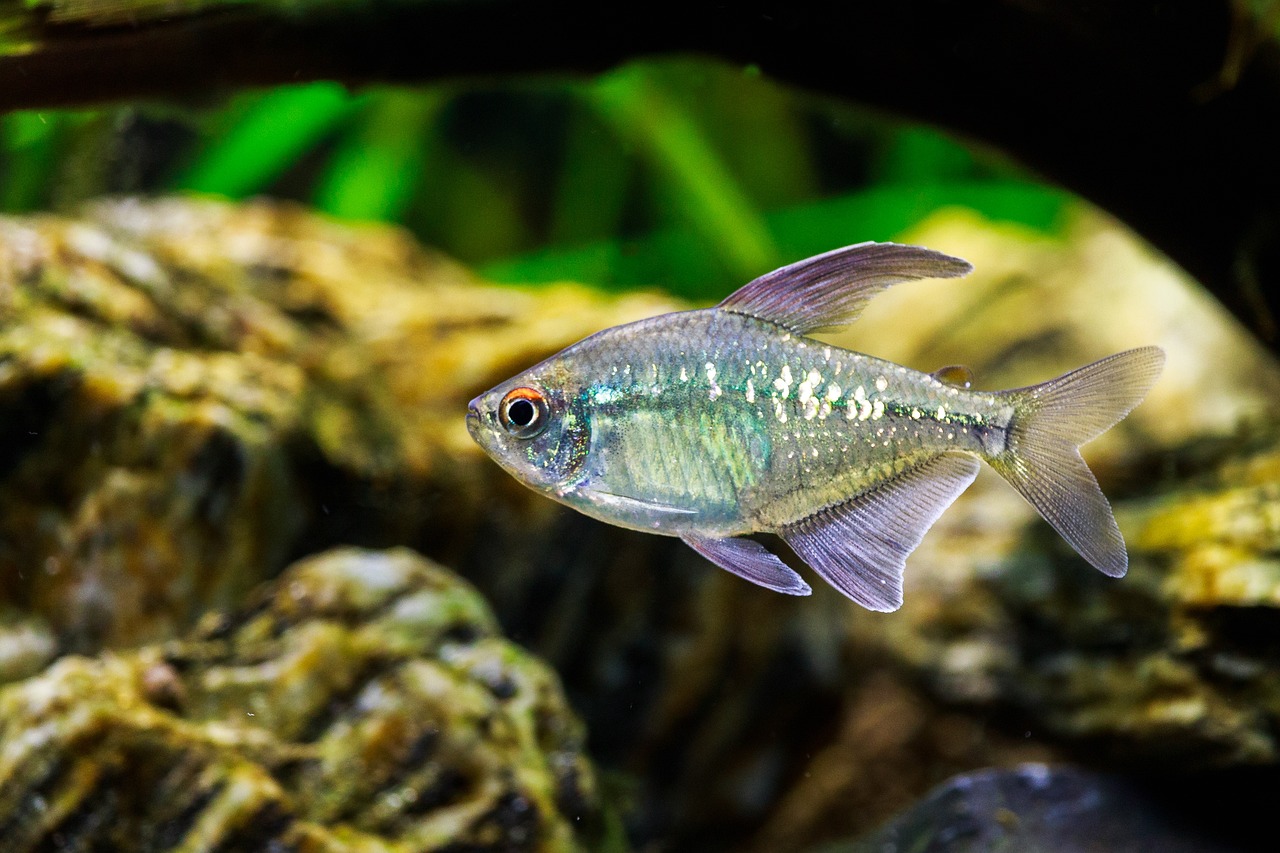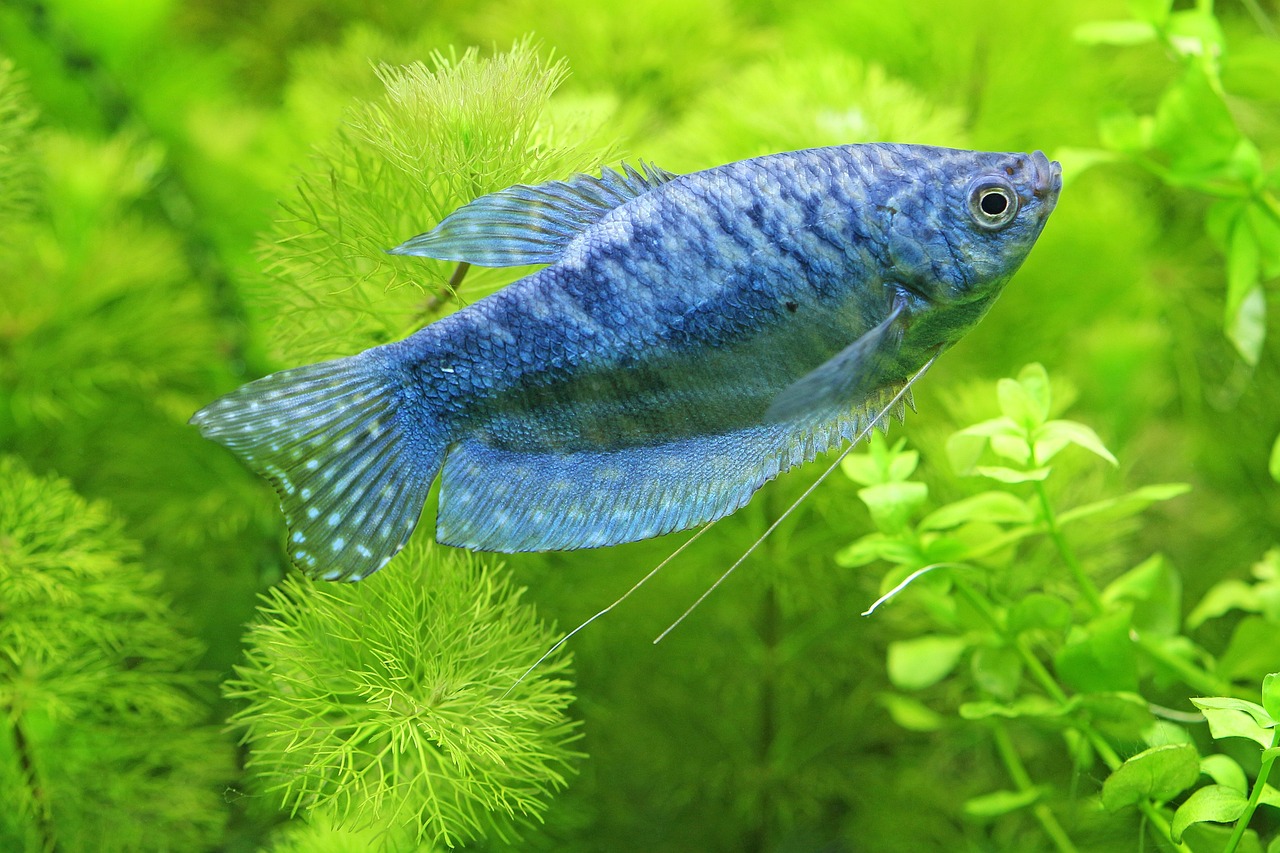Embarking on the journey of aquarium keeping is an exciting adventure, but it’s important to understand the crucial role that water chemistry plays in the health and well-being of your aquatic inhabitants. In this guide, we’ll dive into the basics of aquarium pH, GH (General Hardness), and KH (Carbonate Hardness), and share some handy tips and tricks to help you maintain optimal water parameters for your underwater oasis.

Decoding Aquarium Water Chemistry
- pH: pH measures the acidity or alkalinity of your aquarium water on a scale from 0 to 14, with 7 being neutral. Most freshwater aquariums thrive in a slightly acidic to neutral range, typically between 6.5 and 7.5. Fluctuations outside of this range can stress fish and affect their health.
- GH (General Hardness): GH refers to the concentration of dissolved minerals, primarily calcium and magnesium, in your aquarium water. It’s measured in degrees of hardness (dH) or parts per million (ppm). Fish and plants have specific preferences for GH levels, with soft water species preferring lower GH and hard water species thriving in higher GH environments.
- KH (Carbonate Hardness): KH measures the buffering capacity of your aquarium water, or its ability to resist changes in pH. It primarily consists of carbonate and bicarbonate ions. Maintaining stable KH levels is essential for preventing pH swings and ensuring a healthy environment for your aquatic inhabitants.
Tips and Tricks for Maintaining Water Chemistry
Now that you understand the basics, let’s explore some practical tips for keeping your aquarium’s pH, GH, and KH levels in check:
- Test Regularly: Invest in a reliable water test kit and monitor your aquarium’s pH, GH, and KH levels regularly. Testing your water parameters allows you to detect any imbalances early and take corrective action before they impact your fish.
- Adjusting pH Naturally: Adding driftwood or Indian almond leaves can help lower pH, while crushed coral or limestone can raise pH levels gradually over time.
- Buffering KH: Incorporate crushed coral, limestone, or commercial carbonate buffers to maintain stable KH levels and prevent pH fluctuations. Regular water changes with properly conditioned water can also help replenish carbonate hardness.
- Gradual Changes: When making adjustments to pH, GH, or KH, always do so gradually to avoid shocking your fish. Slow changes over time are less stressful for aquatic inhabitants and allow them to acclimate to their environment.
- Know Your Species: Different fish species have specific preferences for water chemistry parameters. Research the requirements of your chosen fish species and adjust your aquarium’s parameters accordingly to create an optimal environment for them to thrive.
By understanding the basics of aquarium pH, GH, and KH, and implementing these tips and tricks, you’ll be well-equipped to maintain a healthy and stable aquatic environment for your finned friends. So dive in, embrace the fascinating world of aquarium keeping, and let your underwater paradise flourish!




